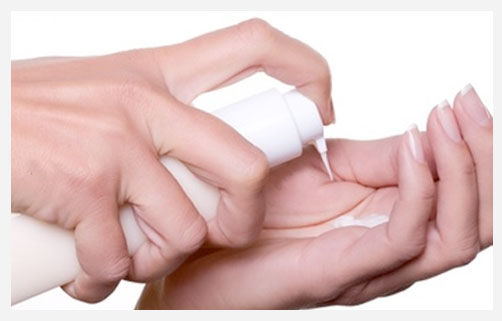An incredible 900,000 types of insects are known to exist. Equally incredible is the number of insect repellents available. Here is what you should know:
Two substances have been shown to be effective insect repellents: DEET, picaridin.
The most thoroughly studied insect repellent is DEET
DEET is a chemical formula—N,N-diethyl-m-toluamide—that was developed by the U.S. Army and approved for civilian use in 1957. DEET repels more types of disease-carrying insects than other substances and is the active ingredient in most commercially available insect repellents in the U.S. DEET has not been shown to cause adverse reactions in humans when used correctly, although some animal studies have suggested that in larger-than-recommended doses it may have
neurotoxic effects in mammals. Only extreme misuse has caused toxic reactions in humans in real-life situations, though skin rashes do rarely occur even at recommended doses.
There is some evidence that DEET is an environmental toxin that can harm birds, fish, and aquatic invertabrates.
Apply DEET sparingly and to exposed skin only. There is no need to place it under clothing (and it damages synthetic fibers). A thin coating is sufficient; more does not increase protection. Avoid eyes, mouth, wounds, or rashes. If accidentally applied to such areas, rinse with soap and water. Apply in a well-ventilated area. Wash off when no longer needed.
DEET comes in all forms and strengths: lotions, creams, gels, aerosols, and towelettes. Acquaint yourself with several products. Read instructions. Know the concentration of DEET in the product. Contact manufacturers, if necessary; most have websites. Products containing 10% to 25% DEET are usually recommended for use on children. Higher percentages are effective for longer periods of time but are only marginally more protective, and may be more likely to cause skin irritation. For prolonged protection, it is safer to use low concentrations and reapply as needed.
Picaridin
Picaridin-containing repellents appear to be as effective and safe as those containing DEET. Picaridin was approved in the U.S. in 2001, but has been used in Europe and Australia for longer. It is recommended for use by both the Centers for Disease Control and Prevention and the World Health Organization.
Picaridin appears to be as effective against as many different species of insects as DEET. In addition, it is fragrance-free and does not need to be washed off when returning indoors. It does not seem to cause adverse skin reactions. Nor does it dissolve synthetic fabrics, plastic, or leather, as DEET can.
Don't use products that combine insect repellents and sunscreens
While many situations call for both, the intervals of applications and other considerations make combination products impractical. Generally, apply the sunscreen at least 20 minutes before sun exposure, while the repellent can be applied just before exposure. The repellent may reduce the effectiveness of the sunscreen; consider using a stronger sunscreen. Because DEET may also increase the skin's absorption of the chemicals in sunscreen, consider using a physical sunblock (for example, with titanium dioxide) instead.
Read labels on products intended for sensitive skin
If you have sensitive skin, eczema, or any other skin condition, you should be extra careful about what substances you put on your skin. Sensitive skin is also more likely to react to repellents and may actually absorb more of the chemicals in them. Ask your doctor for suggestions, since many repellents advertised for sensitive skin may not be very effective. If you experience a reaction to any substance, wash it off your skin immediately and contact your doctor.
There are many other products on the market that promise to repel insects, but most have not been proven to be effective
Taking vitamin B reduces itching from bites and may cause you to think you are being bitten less. Sound and light devices attract insects to your area, but insects prefer you to the devices, possibly increasing your chances of being bitten. Products that emit vapors may be harmful if inhaled indoors over prolonged periods of time. Outdoors, vapor effectiveness depends on wind direction and other factors.

About Dr. Neumann
Link to Dr. Karl Neumann's Web site at www.kidstraveldoc.com






![]()